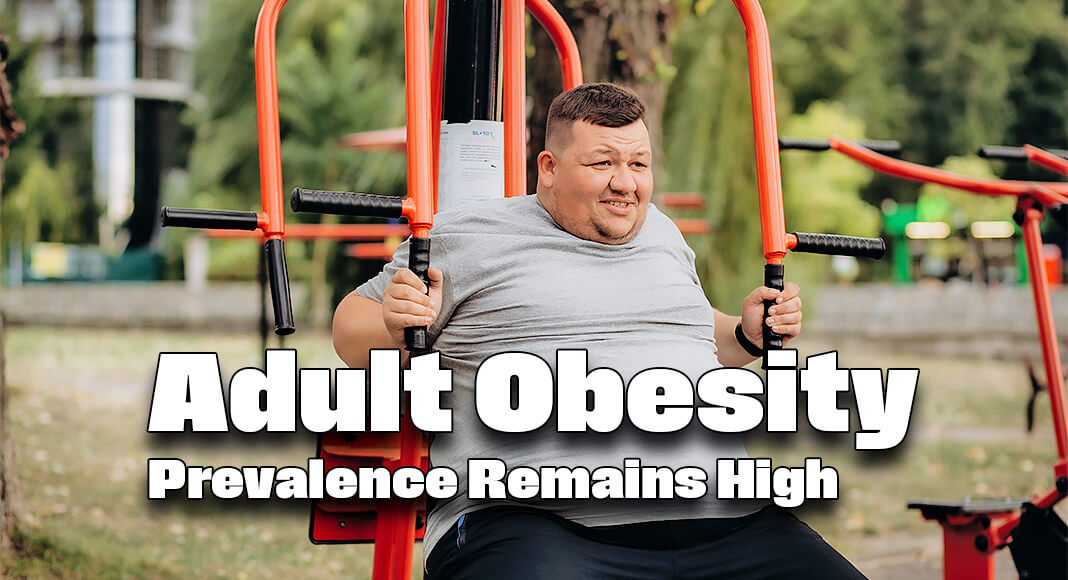
Mega Doctor News
New CDC population data from 2023 show that in 23 states more than one in three adults (35%) has obesity. Before 2013, no state had an adult obesity prevalence at or above 35%. Currently, at least one in five adults (20%) in each U.S. state is living with obesity.
“This new data highlight the need for obesity prevention and treatment options, which start with building healthier communities where people of all ages have safe places for physical activity, and where health care and healthy food options are accessible and affordable for all,” said Karen Hacker, MD, MPH, director of CDC’s National Center for Chronic Disease Prevention and Health Promotion. “Obesity prevention at young ages is critical, because we know that children with obesity often become adults with obesity. This is one of the reasons why we prioritize state and community investments in effective child care and family healthy weight programs.”
The 23 states with the highest adult obesity rates (35% or higher) include: Alabama, Alaska, Arkansas, Delaware, Georgia, Illinois, Indiana, Iowa, Kansas, Louisiana, Michigan, Mississippi, Missouri, Nebraska, New Mexico, North Dakota, Ohio, Oklahoma, South Carolina, South Dakota, Tennessee, West Virginia, and Wisconsin. Guam and Puerto Rico also had an obesity rate of at least 35%. State-based adult obesity prevalence by race, ethnicity, and location uses self-reported height and weight data from the Behavioral Risk Factor Surveillance System (BRFSS).
Obesity impacts some groups more than others. There are notable differences by race and ethnicity, as shown by combined BRFSS data from 2021–2023.
- Asian adults do not have an obesity prevalence at or above 35% in any state (among 37 states, 1 territory, and DC).
- In 16 states, White adults have an obesity prevalence at or above 35% (among 47 states, 2 territories, and DC).
- In 30 states, American Indian or Alaska Native adults have an obesity prevalence at or above 35% (among 44 states).
- In 34 states, Hispanic adults have an obesity prevalence at or above 35% (among 47 states, 3 territories, and DC).
- In 38 states, Black adults have an obesity prevalence at or above 35% (among 46 states, 1 territory, and DC).
“Obesity is a complex disease. There’s a common misconception that obesity is a result of lack of willpower and individual failings to eat well and exercise,” said Ruth Petersen, MD, director of CDC’s Division of Nutrition, Physical Activity, and Obesity. “Many factors contribute to obesity like genes, certain medications, poor sleep, gut microbiome, stress, access to affordable food, safe places to be active, and access to health care. Understanding these factors helps us identify potential prevention and treatment strategies.”
CDC partners with communities, states, and tribes to help improve health and reduce obesity among populations with the highest risk, or burden, of chronic diseases across the country. CDC invests in programs like SPAN, HOP, and REACH to help increase access to healthy food options, establish safe and accessible places for physical activity, and promote stigma-free obesity prevention and treatment programs. These programs fund 17 states, 50 community and tribal organizations, and 16 land grant universities.
Obesity treatment can also include obesity medications, such as GLP-1s recently approved by the U.S. Food and Drug Administration, combined with health behavior and lifestyle interventions.
An adult with obesity has a body mass index of 30 or higher. Obesity is a disease that can cause many health conditions such as asthma, heart disease, stroke, type 2 diabetes, some cancers, and severe outcomes from respiratory illnesses. In addition, the stigma and bias about a person’s weight can cause social and mental health consequences, such as anxiety and poor body image.
Information Source: CDC










